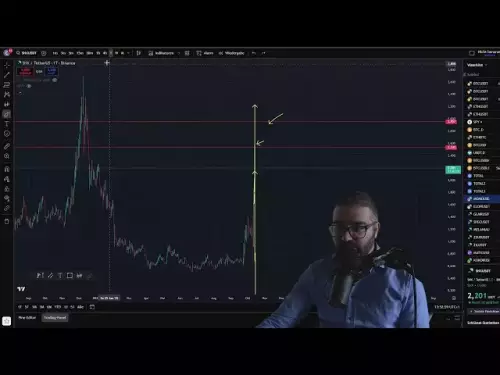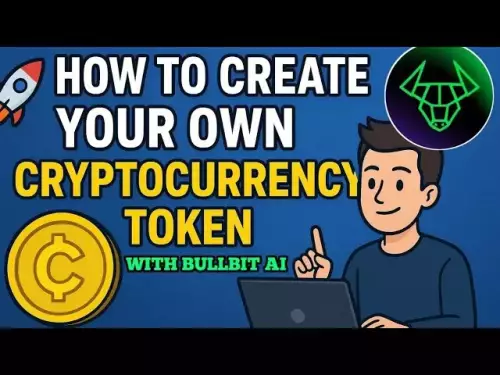-
 bitcoin
bitcoin $115692.075601 USD
5.13% -
 ethereum
ethereum $4162.931611 USD
11.68% -
 bnb
bnb $1310.063287 USD
17.56% -
 tether
tether $1.000983 USD
0.00% -
 xrp
xrp $2.534505 USD
8.16% -
 solana
solana $198.235737 USD
13.49% -
 usd-coin
usd-coin $1.000236 USD
0.02% -
 dogecoin
dogecoin $0.207352 USD
12.89% -
 tron
tron $0.323043 USD
3.62% -
 cardano
cardano $0.701559 USD
11.88% -
 hyperliquid
hyperliquid $39.924597 USD
8.30% -
 chainlink
chainlink $18.934457 USD
11.56% -
 ethena-usde
ethena-usde $1.000552 USD
0.02% -
 stellar
stellar $0.340575 USD
7.05% -
 bitcoin-cash
bitcoin-cash $545.011757 USD
8.86%
Why is my PEPE contracts order not getting filled?
Low liquidity, high volatility, and insufficient gas fees can prevent PEPE contract orders from executing—always check pool depth, slippage settings, and network conditions.
Oct 12, 2025 at 06:01 pm
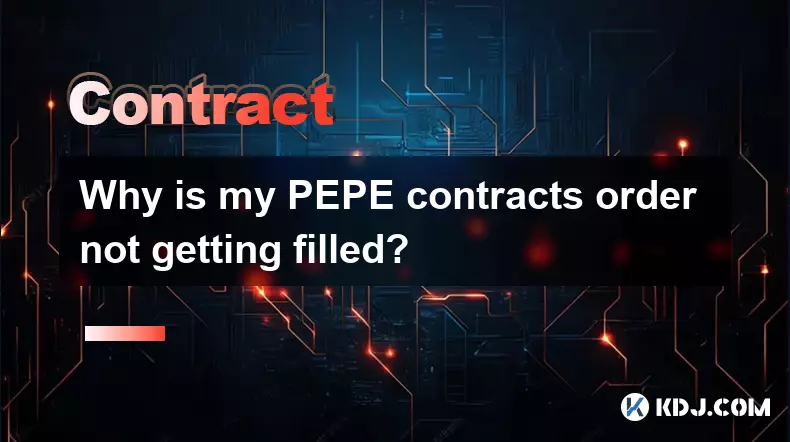
Understanding Liquidity Issues in PEPE Contracts
1. Low liquidity is one of the primary reasons a PEPE contract order may not get filled. Many meme-based tokens, including PEPE, are traded on decentralized exchanges where market makers provide liquidity through pools. If the pool for PEPE paired with ETH or USDT lacks sufficient funds, buy and sell orders struggle to execute.
2. Thin order books mean there are not enough counter-orders at your specified price. When you place a limit order slightly above or below the current market rate, even small slippage can prevent execution if no matching trades exist.
3. Some PEPE contracts operate on secondary markets with limited trading volume. Tokens that surged during hype cycles often see rapid declines in activity, leaving open orders stranded without takers.
4. Users should check the total value locked (TVL) in the corresponding liquidity pool. A low TVL indicates weak market participation, increasing the likelihood of unfilled orders.
Gas Fees and Transaction Speed
1. Insufficient gas fees can delay or block transaction confirmation. On networks like Ethereum, high congestion requires competitive gas pricing. If your transaction fee is too low, validators may ignore it, causing delays in order submission.
2. Even if an order is submitted successfully, slow confirmations might result in missed opportunities. Market prices shift rapidly; by the time your transaction clears, the original conditions may no longer be valid.
3. Setting dynamic gas pricing tools within your wallet can improve execution chances. Wallets like MetaMask allow users to adjust gas limits and prioritize transactions during peak times.
4. On layer-2 solutions or alternative blockchains such as BSC or Arbitrum, gas costs are lower but still require optimization. Misconfigured settings could lead to dropped transactions or failed interactions with smart contracts.
Smart Contract and Interface Limitations
1. Not all decentralized exchanges support advanced order types. Platforms like Uniswap rely on immediate swaps rather than pending limit orders. If you're using a DEX that doesn’t natively support order books, your “pending” order may not exist beyond your interface’s cache.
2. Third-party dashboards sometimes display simulated orders that aren't actually broadcasted to the blockchain. What appears as an active limit order might simply be a local preview with no real on-chain presence.
3. Ensure you’re interacting directly with a protocol that supports persistent orders, such as those built on orderbook-based AMMs or hybrid models. Otherwise, your request remains unregistered at the contract level.
4. Smart contract bugs or outdated router addresses can also prevent execution. Always verify the contract address against official sources and ensure the frontend you’re using is legitimate and up to date.
Market Volatility and Price Deviation
1. Meme coins like PEPE experience extreme volatility. Prices can swing 20% within minutes due to coordinated buys or social media trends. An order set at $0.0000012 might become irrelevant seconds later when the market jumps to $0.0000015.
2. Slippage tolerance settings impact whether a trade executes. High volatility demands higher slippage allowances—typically 3% to 10% for volatile tokens—but setting it too low results in cancellations.
3. Oracles and price feeds used by DeFi platforms may lag behind real-time data. Discrepancies between actual market price and on-chain valuation can halt trades deemed too risky by automated systems.
4. During flash crashes or pumps, arbitrage bots dominate trading activity. Retail orders placed manually often get outpaced by algorithmic traders leveraging speed and precision.
Frequently Asked Questions
Why does my wallet show a pending order that never fills?Your wallet or interface might simulate limit orders without broadcasting them to the blockchain. True orders must interact with a smart contract that maintains an order book. Most DEXs use instant swap mechanisms instead, meaning any 'pending' status is likely just UI feedback.
Can I cancel an unfilled PEPE contract order?If the order was placed on a platform with on-chain order persistence, cancellation requires a transaction to the same contract. If it's merely a local draft in your app or wallet, refreshing or closing the session may remove it automatically. Always confirm whether the order generated a transaction hash.
How do I know if a PEPE liquidity pool has enough depth?Use analytics platforms like Dextools, GeckoTerminal, or Uniswap’s interface to view the liquidity pool size. Look for stable reserves of both PEPE and the paired token (e.g., WETH). Sudden drops in liquidity often precede prolonged trading issues.
Are there better alternatives to standard DEXs for placing PEPE orders?Yes. Consider using DeFi protocols that implement orderbook-style trading or limit-order functionality atop AMMs, such as 1inch Limit Orders, CowSwap, or Paraswap. These services route trades intelligently and hold orders until conditions match.
Disclaimer:info@kdj.com
The information provided is not trading advice. kdj.com does not assume any responsibility for any investments made based on the information provided in this article. Cryptocurrencies are highly volatile and it is highly recommended that you invest with caution after thorough research!
If you believe that the content used on this website infringes your copyright, please contact us immediately (info@kdj.com) and we will delete it promptly.
- XRP Price Prediction: Weekend Rollercoaster or Rally?
- 2025-10-12 08:45:16
- Bittensor (TAO): Super Bullish Signals Point to Potential 2x Rally
- 2025-10-11 10:25:12
- Silver Price Correction: Navigating the Dip & Identifying Key SEO Keywords
- 2025-10-11 10:25:12
- Decoding Crypto Trends: Bittensor's Bull Run, Cardano's Dip, and LivLive's Presale Buzz in 'Uptober 2025'
- 2025-10-12 08:45:16
- MoonBull: The Crypto Meme Coin Promising 1000x Gains?
- 2025-10-11 10:30:01
- Crypto Payroll Revolution: Stablecoins, Altcoins, and the Future of Salary Payments
- 2025-10-11 10:30:01
Related knowledge

How to calculate the ROI for Ethereum contracts?
Oct 09,2025 at 04:36pm
Understanding Ethereum Contract ROI Basics1. Return on Investment (ROI) for Ethereum contracts begins with tracking the initial capital deployed into ...
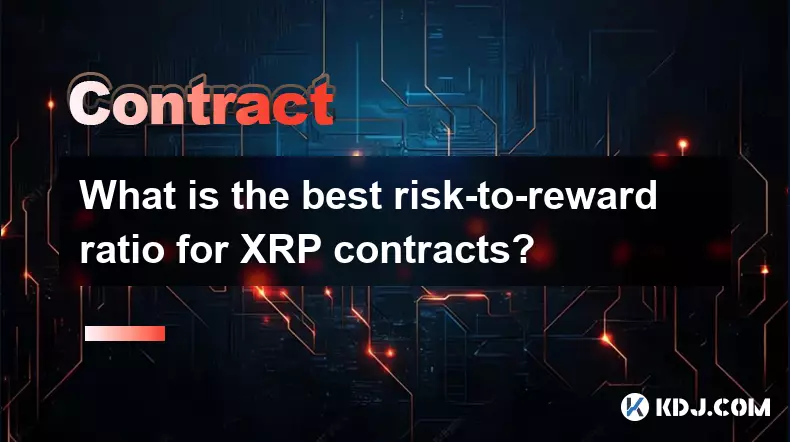
What is the best risk-to-reward ratio for XRP contracts?
Oct 11,2025 at 04:18am
Understanding Risk-to-Reward in XRP Futures Trading1. The risk-to-reward ratio is a fundamental metric used by traders to evaluate the potential profi...

Why is my PEPE contracts order not getting filled?
Oct 12,2025 at 06:01pm
Understanding Liquidity Issues in PEPE Contracts1. Low liquidity is one of the primary reasons a PEPE contract order may not get filled. Many meme-bas...

Is it better to trade Dogecoin contracts or spot?
Oct 12,2025 at 04:54pm
Understanding Dogecoin Spot Trading Mechanics1. Spot trading involves the direct purchase and ownership of Dogecoin at the current market price. Trade...
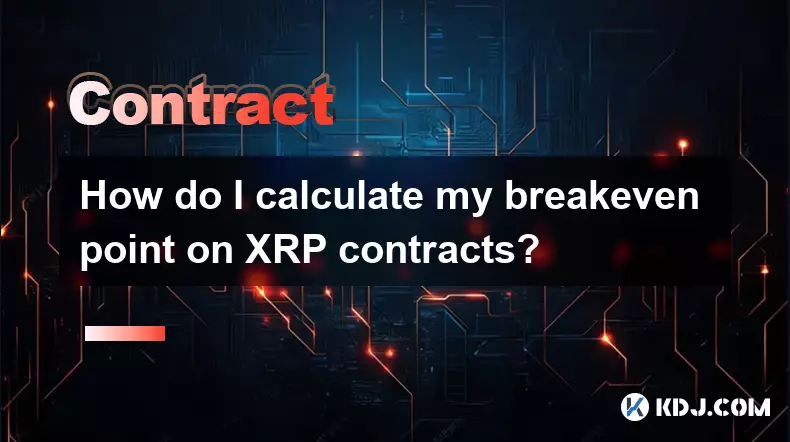
How do I calculate my breakeven point on XRP contracts?
Oct 09,2025 at 08:36pm
Understanding the Breakeven Point in XRP Futures TradingCalculating the breakeven point for XRP contracts is essential for traders who engage in futur...
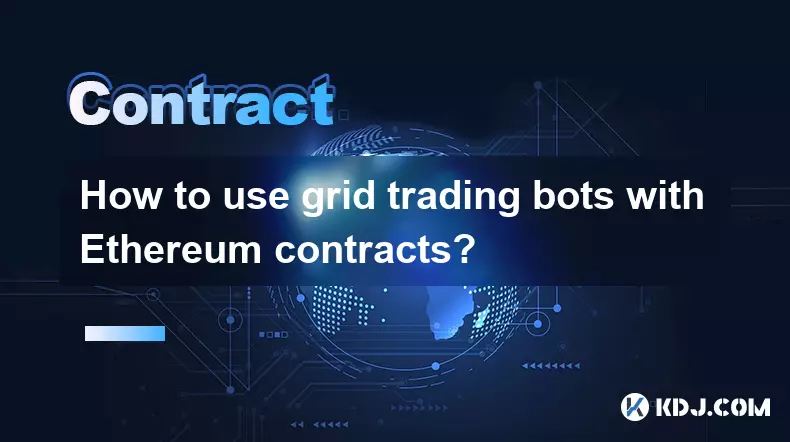
How to use grid trading bots with Ethereum contracts?
Oct 12,2025 at 05:01am
Understanding Grid Trading Bots in the Context of Ethereum1. Grid trading bots operate by placing a series of buy and sell orders at predetermined pri...

How to calculate the ROI for Ethereum contracts?
Oct 09,2025 at 04:36pm
Understanding Ethereum Contract ROI Basics1. Return on Investment (ROI) for Ethereum contracts begins with tracking the initial capital deployed into ...

What is the best risk-to-reward ratio for XRP contracts?
Oct 11,2025 at 04:18am
Understanding Risk-to-Reward in XRP Futures Trading1. The risk-to-reward ratio is a fundamental metric used by traders to evaluate the potential profi...

Why is my PEPE contracts order not getting filled?
Oct 12,2025 at 06:01pm
Understanding Liquidity Issues in PEPE Contracts1. Low liquidity is one of the primary reasons a PEPE contract order may not get filled. Many meme-bas...

Is it better to trade Dogecoin contracts or spot?
Oct 12,2025 at 04:54pm
Understanding Dogecoin Spot Trading Mechanics1. Spot trading involves the direct purchase and ownership of Dogecoin at the current market price. Trade...

How do I calculate my breakeven point on XRP contracts?
Oct 09,2025 at 08:36pm
Understanding the Breakeven Point in XRP Futures TradingCalculating the breakeven point for XRP contracts is essential for traders who engage in futur...

How to use grid trading bots with Ethereum contracts?
Oct 12,2025 at 05:01am
Understanding Grid Trading Bots in the Context of Ethereum1. Grid trading bots operate by placing a series of buy and sell orders at predetermined pri...
See all articles





















